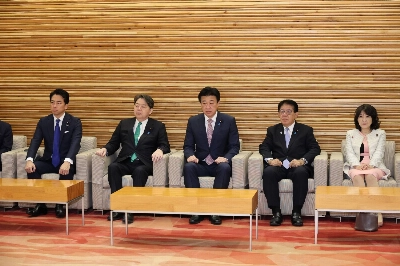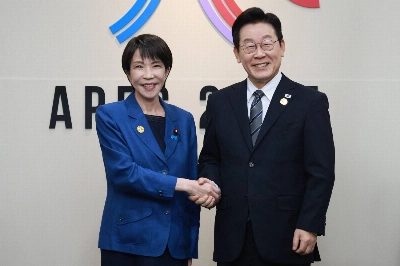The five stories that constitute Hans Brinckmann's "The Tomb in the Kyoto Hills" are all competent. The prose seldom obtrudes on the reader's consciousness; the characters are sometimes slightly implausible, but never enough to be awful. The focus on men at loose ends, and the manner in which women exist in some of the stories primarily as vehicles to aid men in their quest for whatever it is they're questing for, is tiresome, but not unusual. If the author displayed a sensibility that was profound or a vision of life that was startling and fresh, his stories might transcend mere competence, but unfortunately, though Brinckmann is neither insensitive nor dim, one sees little evidence in these stories of superlative sensibility or insight.
Competence, however, is no small thing, and Brinckmann does manage to give us a glimpse into how a person with his somewhat unusual background — he's a retired banker who has spent much of his life in Japan — might think. What we see is not always pretty.
The first story in the collection, "A Leap into the Light," is the most interesting because of the creepiness of the main characters, a quality Brinckmann may not have intended. A European man living in Kansai in the 1960s finds that an acquaintance, Gerard Winters, has, in essence, purchased a young Japanese girl, and employs her as a sort of concubine. The proud buyer of this now 17- or 18-year-old woman assures the narrator that this is OK because he didn't let his then pre-pubescent purchase act on the desire she felt for him. "Yes, I was very strict," he says. "She looked pretty grown-up but she was under-age, after all. In Japan girls must be thirteen to ... "
















With your current subscription plan you can comment on stories. However, before writing your first comment, please create a display name in the Profile section of your subscriber account page.